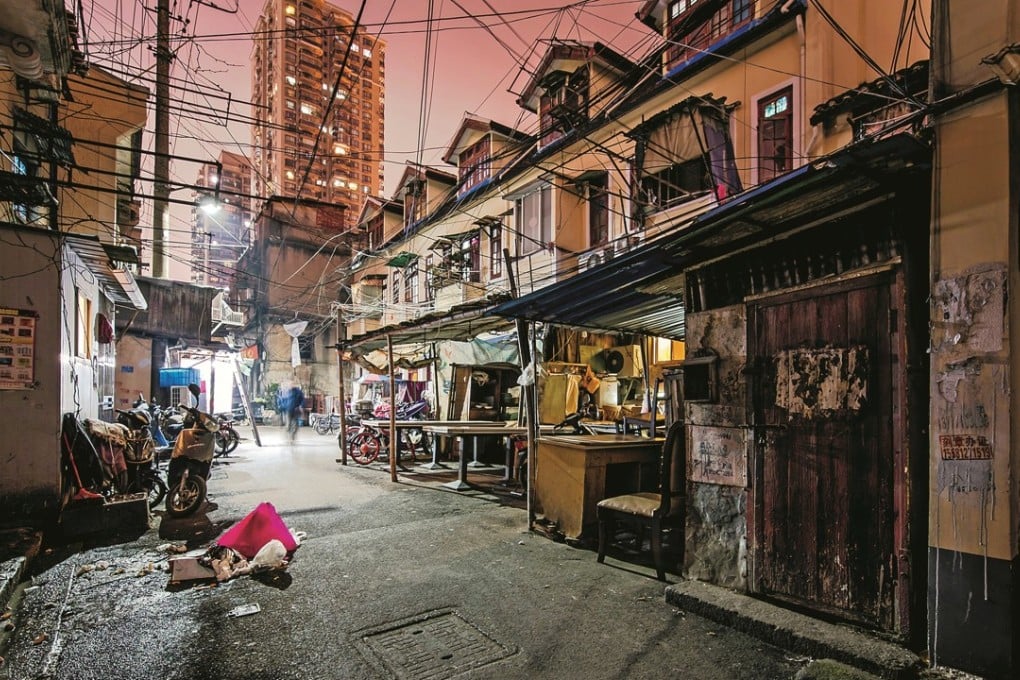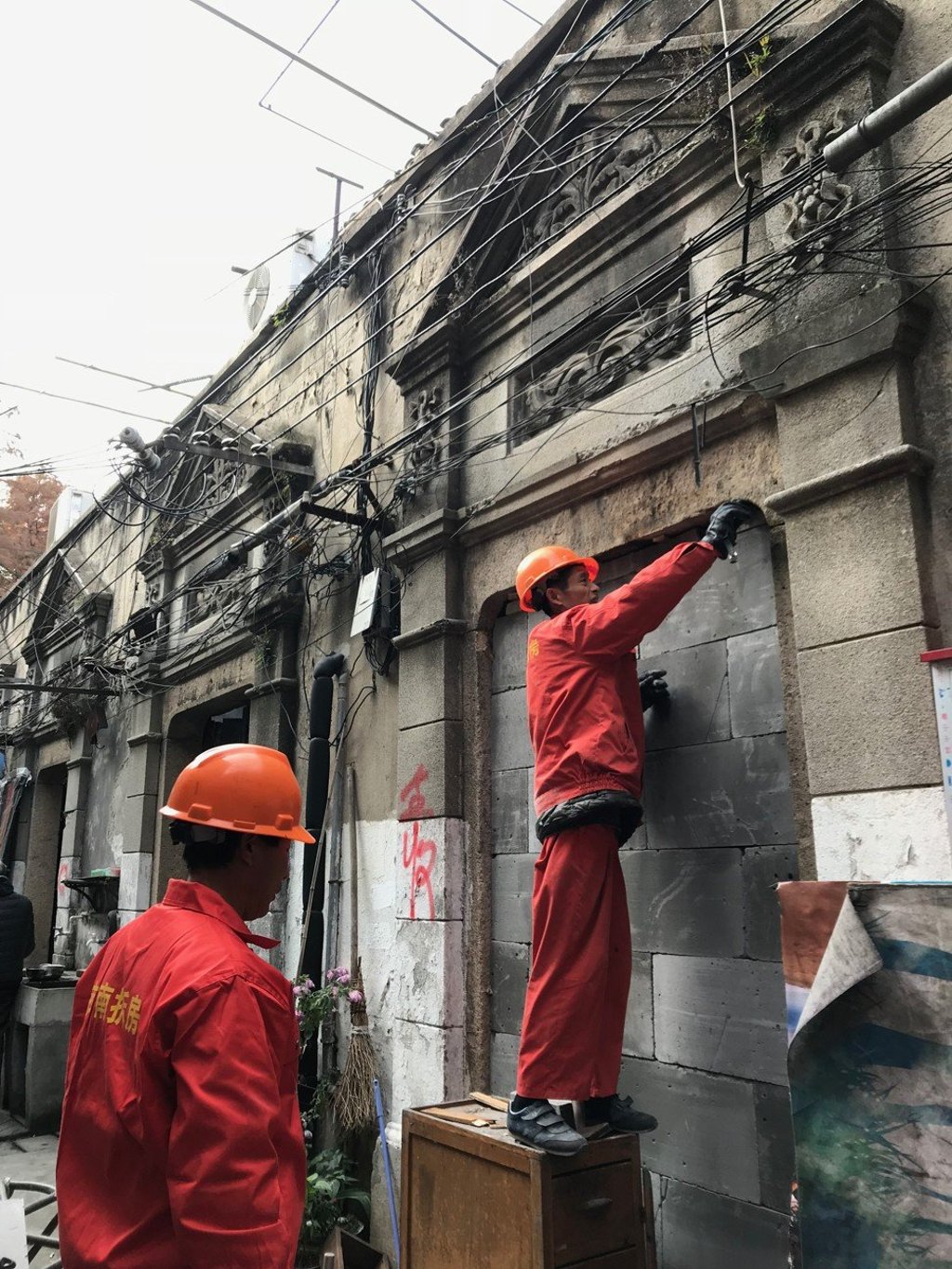As development destroys old Shanghai, residents win payouts but lose neighbourhood feeling, and calls for preservation grow
The run-down lane houses of Laoximen are the latest to fall to the wrecker’s ball in China’s biggest city, where fans of its old buildings hope more can be done to renovate those worth saving so residents can stay put and live better

Economic prosperity has always been followed by redevelopment of urban areas, and it’s no different in China today, where cities are building futuristic skylines of gleaming metal and glass towers at breakneck speed.
The casualties, however, are the older neighbourhoods that families have called home for generations. In Shanghai it is the interwoven networks of lilongs, or lanes, packed with low-rise residences, vegetable markets and noodle shops.
Shanghai’s neighbourhoods offer fascinating kaleidoscope of city’s past and present
The residents are increasingly elderly Shanghainese, as the younger generation seek the modern comforts of high-rise living, and so it is with the disappearing neighbourhood of Laoximen.
Literally translating to the “old west gate”, Laoximen was the location of the western gate of Shanghai’s old walled city (the wall existed from the 16th century until it was torn down in 1912).
Development has nibbled away at its edges for some years. Now, residents are leaving their homes in droves, as crews work from west to east knocking down a neighbourhood that has existed for 500 years.

“China’s urbanisation started in the 1980s completely thoughtlessly and haphazardly. Because China had little financial resources but faced a housing crisis, Chinese cities pretty much sold themselves to the highest bidder, allowing those who paid most to develop wherever they wanted without any cohesive, long-term, overall urban planning in mind,” says Qin Shao, a history professor at the College of New Jersey in the United States, and author of Shanghai Gone: Domicide and Defiance in a Chinese Megacity.
The blind pursuit of economic growth since the 1980s has made the situation worse, as historical preservation has never been a priority
“This leads to a huge deficiency of historical preservation, which, one may argue, was dead on arrival. The blind pursuit of economic growth since then has made the situation worse, as historical preservation, while mentioned frequently, has never been a priority.”